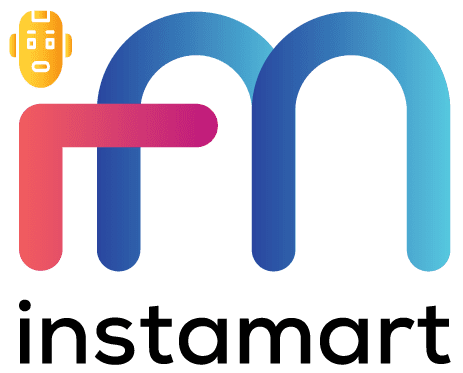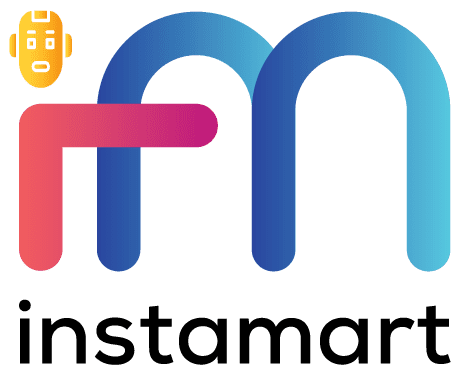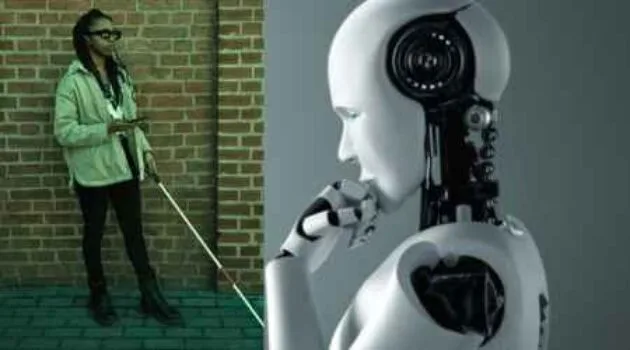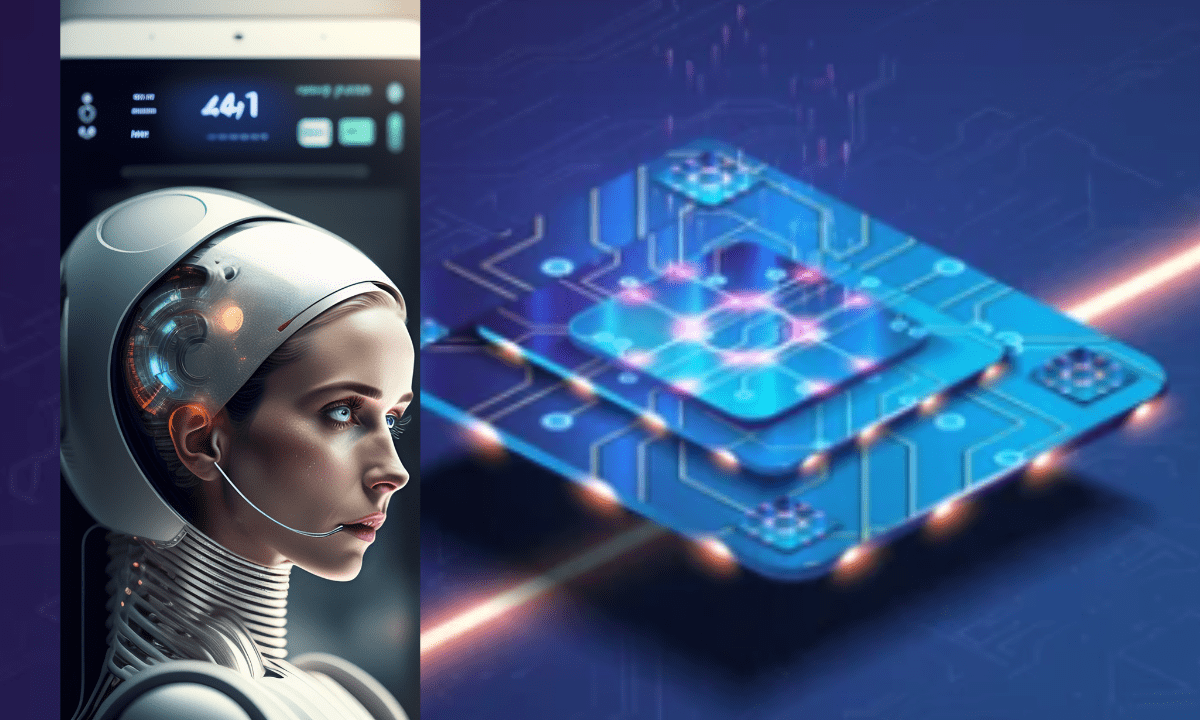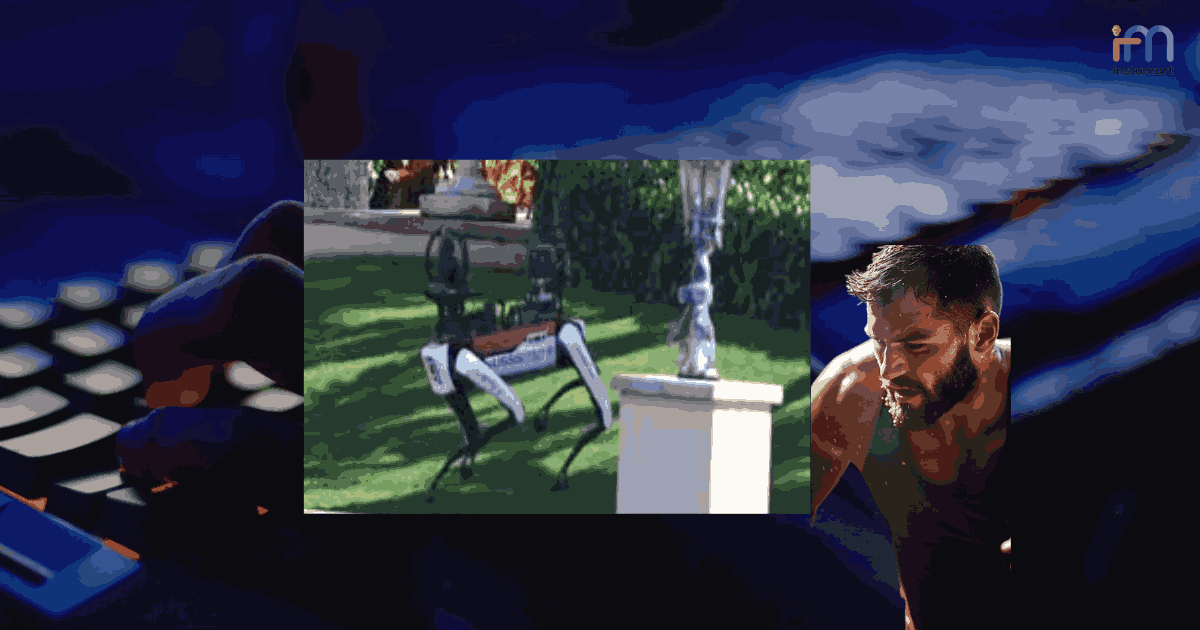GPT-4 technology is steadily growing in the healthcare space to transform lives and give hope to the disadvantaged. GPT-4,the latest AI powerful model is designed to provide “vision” for the visually impaired people therefore giving them a better access to information. Eyes are important organ for human observation and perception. Now, those who made mistakes while addressing the blind by saying “you see…” will have a sigh of relief. The new AI tool is a great breakthrough for the visually impaired people. There is a need to focus on the needs of the visually impaired community by integrating GPT-4’s image-recognition.
GPT-4 was released by OpenAI. It is the latest version of its hugely popular artificial intelligence chatbot, ChatGPT. The new model can respond to images to provide recipe suggestions from photos of ingredients, as well as, writing captions and descriptions.
It was implemented with its purpose on new capabilities to help people with visual impairments. Be My Eyes, which allows blind and low vision individuals ask sighted fox to describe what their phone sees, is achieving a “virtual volunteer” offering AI-powered help at any time.
How Do AI GPT-4 Work?
GPT-4 is designed to revolutionize lives of the visually impaired persons by providing access to information. It is trained on huge amount of data like, text, images and videos. It therefore uses these data ton produce highly accurate interpretation of images and videos. This allows visually impaired people to access the content that is displayed to them.
Roles of GPT-4 on Visually Impaired Persons
3.Image Description: GPT-4 is trained to analyze images and provide detailed descriptions of their contents. By describing visual elements and scenes, it helps visually impaired individuals understand and appreciate visual content.
4. Navigation and Object Recognition: With advanced computer vision capabilities, GPT-4 assists in real-time navigation by recognizing objects, identifying landmarks, and providing auditory guidance to help individuals navigate their surroundings safely.
For instance, if a user sends an image of the inside of their refrigerator, the Virtual Volunteer will not only what is in correctly, but also extrapolate and analyze what can be prepared with those ingredients. The tool can also then offer a number of recipes for those ingredients and send a step-by-step guide on how to make them.
“The image recognition offered by GPT-4 is superior, and the analytical and conversational layers powered by OpenAI increase value and utility exponentially.”
Read also How AI Generated Images Propel Child Sexual Exploitation Market Worth $ 4 Billion
Chela Robles’s Experience with AI,GPT-4 Model
Chela Robles developed an eye problem when she was 28 years. She lost the ability to see in her left eye, followed by the right eye a year later.She affirmed how blindness denies people small details that help people connect with one another, including facial cues and expressions. Her father, tells a lot of dry jokes, so she cannot always differentiate when he is serious. “If a picture can tell 1,000 words, just imagine how many words an expression can tell,” she says.
Robles has made several attempts to services that connect her to sighted people for assistance in the past. However, she signed up for trial with Ask Envision in April. This is an artificial intelligence assistant that uses Open GPT-4 a multimodal model which can take in images and text and output conversational responses. It is one of several assistance products for visually impaired people who want to begin integrating language models. It promises to give users far more visual details about the world around them—and much more independence.
“The first app to integrate GPT-4’s image-recognition abilities has been described as ‘life-changing’ by visually-impaired users”
GPT-4 is set to transform the lives of visually impaired people in the world around. Having the ability to provide highly accurate interpretations and descriptions, on images, texts and videos, this category of people find it easy to relate with people and life in general. As technology continue to change in many aspects of life, we can expect to see its positive impacts in our society.
